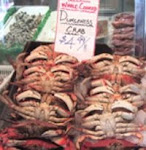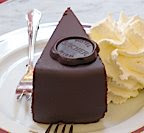 MUSE: Exploring the World's Museums
MUSE: Exploring the World's Museums MUSE is part of my collection of magazines that are long gone and out-of-print. The cover of the Premier Issue of MUSE featured a haunting bronze portrait of Tiberius Claudius Nero Caesar. According to the notes about the cover, the portrait composed of metal fragments was acquired in 1902 by Henry Walters, son of the founder of Baltimore's Walters Art Gallery. In 2000, the Walters Art Gallery changed its name to the Walters Art Museum to reflect its image as a large public institution. The following year, the museum reopened its largest building after a dramatic three-year renovation.
Thirty years after the defunct Museum Magazine was published by McGraw-Hill (1979), I tried unsuccessfully to find the original cover art at the Walters Museum website. There is a similar head composed of fewer pieces but not the subject of the cover photo. The bronze portrait bust like the magazine has disappeared.
THE EDITOR
Otto Fuerbringer was the Editor of this one-and-only issue of MUSE. According to the New York Times obituary (7/30/2008), "He (had been) a hard-driving, conservative-leaning managing editor of Time magazine during the political and social upheavals of the 1960s" and "brought a vibrancy, and a degree of controversy, to what had long been a rather taut, tartly written publication". Fuerbringer was noted for "Time’s lead story on April 8, 1966, (it) had no portrait on the cover, just a bold-red headline on a black background that asked, “Is God Dead?...The article set off a backlash by religious conservatives."
In the Editor's letter for MUSE, Fuerbringer said, " Museums are a part of almost everyone's experience. Museum-going is learning and enjoyment, intellectual refreshment and emotional release. It stirs curiosity and enlarges one's vision."
"By founding Muse magazine we hope to keep enlarging the museum experience. We will convey the excitement of current shows and the richness of permanent treasures. we will describe, judge and (when justified) exclaim! The world's museums are our province, and we will help our readers discover them."











